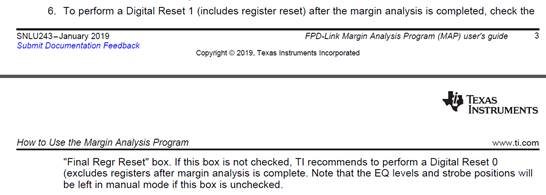Other Parts Discussed in Thread: DS90UB949-Q1, USB2ANY, , ALP, DS90UH948-Q1
Dear team,
My customer wants to use MAP tool, but we can't connect successfully. The computer connects the one side of the USB2ANY, and USB2ANY's other side connects the DS90UB948-Q1, and DS90UB948-Q1 connect the DS90UB949-Q1 through the cable as below the first picture. But the computer always show no detection as below the second picture.
Could you please tell me the reason? Do you have any documents to introduce how to set up the device?
Thanks & Best Regards,
Sherry




















